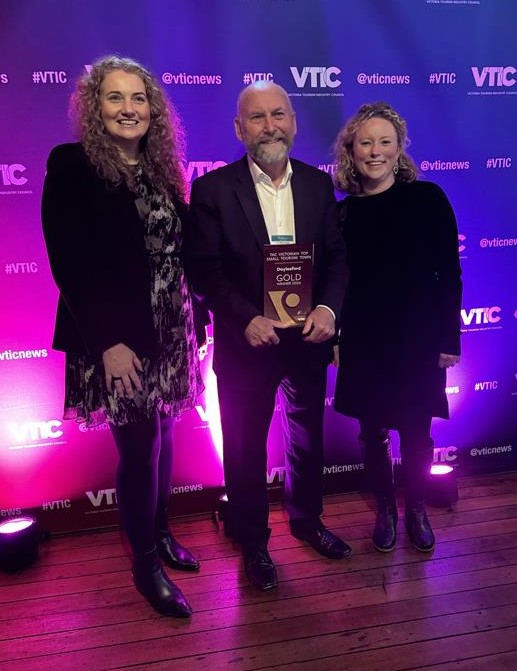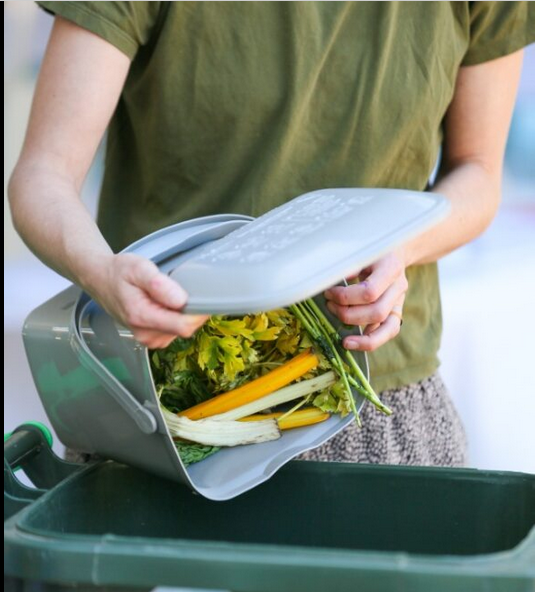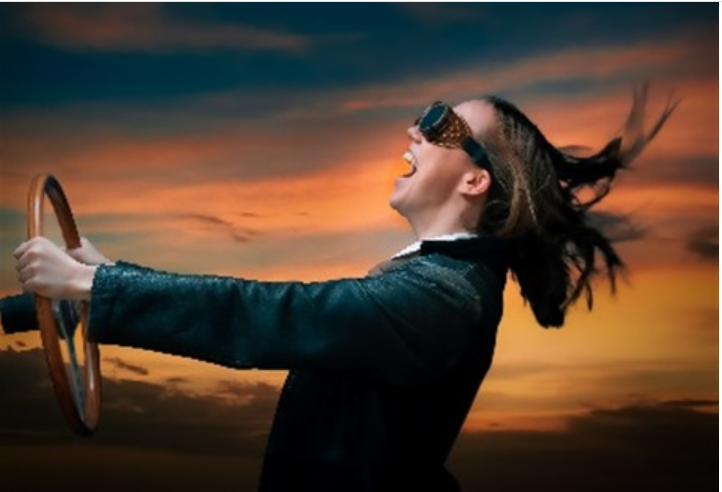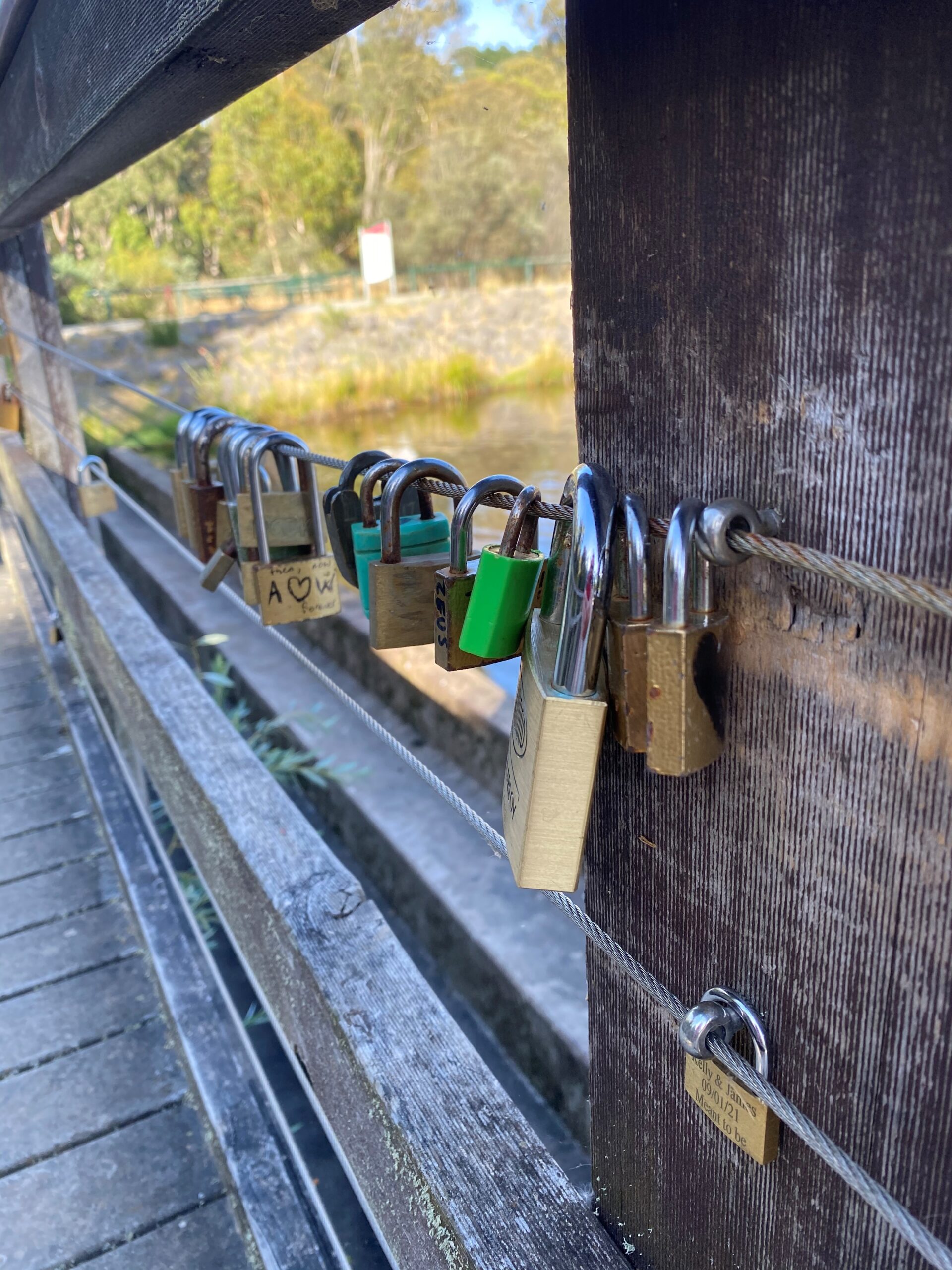May 11th, 2023Artists of the Central Highlands
with Eve Lamb
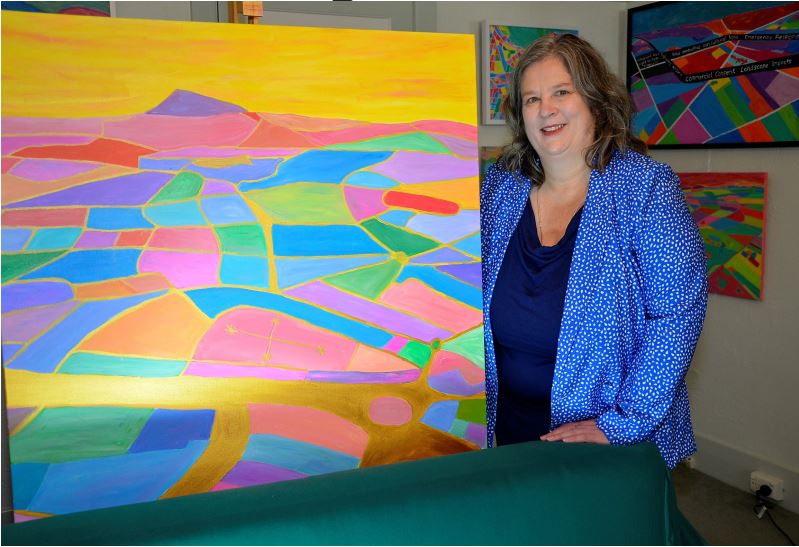
HEPBURN Springs artist Lisa Gervasoni is renowned for her imposing abstract landscape works. As a child she was fascinated with geographical and street maps. Her passion for cartography persisted into adulthood informing her preoccupation with land and the many layers of value it holds. Today this abiding interest informs both her professional work as a strategic and town planner and the creation of her imposing art works, some of which are about to feature in her new exhibition, Reimagining our Cultural Landscapes, held from today, May 11 to June 25, at the Art Gallery of Ballarat.
Eve: What is your artistic style?
Lisa: Abstract landscape, predominantly aerial or aerial oblique viewpoint work with a Fauvist colour
palette and using paint or thread. I’ve always enjoyed art and I have a sister who’s an art teacher and a mother who’s a master decouper. Traditionally I’ve worked more in thread and photography, but I
went back to painting during lockdowns. I was inspired by Jackie Case and her book Flying Penguins to start painting again.
Eve: Who has influenced your work?
Lisa: Von Guerard. He painted so many places that are important to me. The Impressionists and the fauvists. Grace Cossington Smith, Sybil Craig, the Hermannsburg School, Fred Williams and Peter Tyndall.
Eve: What is your medium and subject matter of choice?
Lisa: A mix of acrylics on canvas or board, thread on linen. And landscapes. I’ve always had a close connection to Australian landscapes through family connections, as a student of geography and then as a heritage planner. People have strong connections to place. While places will change and evolve this change can cause discord within the community and break intergenerational connections to place. I saw this through my work and in our local community after the changes to Hepburn Mineral Springs
Reserve. People would be looking for the places they, or their parents, came to on their honeymoon or as children, and although these places still existed the place no longer held that connection through time. My exhibition is inspired by that idea. Some views remain. Others have completely changed but you can still see connections on close examination.
Eve: Do you work outside your arts practice?
Lisa: I work full-time outside the arts. I have qualifications in applied science (planning) and environmental studies and I’m into my fourth decade as a planner. As a child I loved the Melway. I knew all the maps so my family were not surprised when I became a planner. The cartographic symbolism in my work also stems from that way of seeing different elements or layers in a landscape. Over the last few years I’ve also
seen the failure of many professions, including my own, to understand farming and
farmland. Productive land is valued in the UN Sustainable Development Goals but too many people see it as vacant land where they can do anything without impact. That tension inspired one work in particular.
Eve: What are you working on at the moment in your current arts practice?
Lisa: I’m currently focused on getting everything ready for the exhibition in Backspace at the Art Gallery of Ballarat. I have several other works planned, both on canvas and in thread. One work that I didn’t complete for this exhibition I really want to start next. I invited a colleague to the exhibition and found out she has links to the subject. She was a stalwart through the months after Black Saturday and a
champion for better understanding of social license and agricultural impact
Eve: When you work in the studio do you like to play music and if so what is your
music of choice?
Lisa: I used to play and study music (piano, saxophone, voice, theory) so I have an eclectic taste in music – from Gregorian chant through to punk rock. Safer to say what I don’t listen to – Rod Stewart and Fleetwood Mac. I often have news radio or TV on as well.
Eve: What are your career highlights as an artist?
Lisa: I won the lovely Madi McCrystal’s Daylesford Small Art Prize many years ago (with an embroidery of the Savoia Hotel) and was a finalist in the Harden Art Prize last year. My photographs have been in several galleries as part of 40 works nationally selected by the ABC and one year one of my photographs was chosen as the managing director’s corporate Christmas card. One highlight is curating an exhibition at Warrnambool Art Gallery that looked at local people who shaped the city, or wider, from builders to Nobel Laureates and a lot in between.
Eve: What are the challenges for artists today?
Lisa: Well, I have a full-time job that helps pay for the equipment, and I think that is common to most. Most art needs time. A work that might challenge you initially can end up becoming a favourite when you spend the time to engage with it. I’m lucky to have a trained art teacher as a sister. She has no fear in challenging me to evolve or resolve.
Eve: And the main rewards?
Lisa: Art is an expression. It is a great way to start to switch off the analytical brain, but at the same time you often resolve issues while the other side of your brain is switched on. I think that is quite important for me. It helps deal with work that can be quite stressful but also keeps open those neural pathways that are looking at the big picture, at the connections in the detail and how it all fits together.







